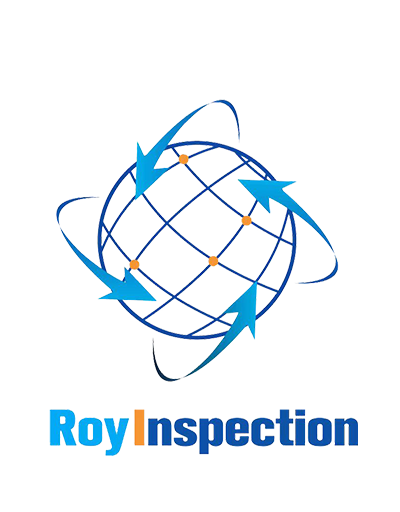The Importance of inspection of fabric: A Comprehensive Guide
Fabric inspection is an essential step in the textile manufacturing process. It ensures that the fabric has consistent quality and meets the required standards. In this article, we will discuss the different aspects of fabric inspection and its importance in the industry.
What is Fabric Inspection?
Fabric inspection is a quality control process that examines the fabric for defects, flaws, or inconsistencies. It is done to ensure that the fabric meets the required specifications and standards. The process involves examining the fabric using different methods, including visual inspection, measurement, and testing.
The Importance of Fabric Inspection
Fabric inspection is crucial in ensuring that the fabric is of high quality and meets the customer's expectations. It helps to prevent defects and flaws that could lead to problems in the final product. Without proper inspection, the final product may not meet the required standards, resulting in customer dissatisfaction, returns, and loss of revenue.
The Different Types of Fabric Inspection
There are different types of fabric inspection, including:
- Roll Inspection: This is done before the fabric is cut into pattern pieces. It involves examining the entire roll of fabric for defects or flaws. Roll inspection helps to ensure that the fabric is of consistent quality throughout.
- Piece Inspection: This is done after the fabric has been cut into pattern pieces. It involves examining each piece for defects or flaws. Piece inspection helps to ensure that the final product is of high quality and free from defects.
The Fabric Inspection Process
The fabric inspection process involves several steps:
- Visual Inspection: This involves examining the fabric's surface for defects or flaws, such as holes, stains, or tears.
- Measurement: This involves taking measurements of the fabric, such as width, length, and weight. It helps to ensure that the fabric meets the required specifications.
- Testing: This involves conducting different tests on the fabric, such as colorfastness, strength, and shrinkage. It helps to ensure that the fabric meets the required standards.
- Documentation: This involves recording all the inspection results and any necessary actions taken to rectify any defects or flaws.
The Benefits of Fabric Inspection
Fabric inspection offers several benefits, including:
- Improved Quality: Fabric inspection helps to ensure that the fabric is of consistent quality and meets the required standards. It results in fewer defects and flaws, leading to improved product quality.
- Cost Savings: Fabric inspection helps to reduce the cost of production by preventing defects and flaws that could result in reworks or recalls.
- Increased Customer Satisfaction: Fabric inspection helps to ensure that the final product meets the customer's expectations, resulting in increased customer satisfaction and loyalty.
The Role of Technology in Fabric Inspection
Technology has played a crucial role in fabric inspection. New and advanced technologies have made the inspection process more efficient and accurate. For instance, automated inspection machines can quickly and accurately detect defects and flaws, reducing the time and cost of inspection.
The Future of Fabric Inspection
Fabric inspection is an ongoing process that continues to evolve as new technologies and methods emerge. In the future, fabric inspection is expected to become more automated, accurate, and efficient, reducing the time and cost of production.

